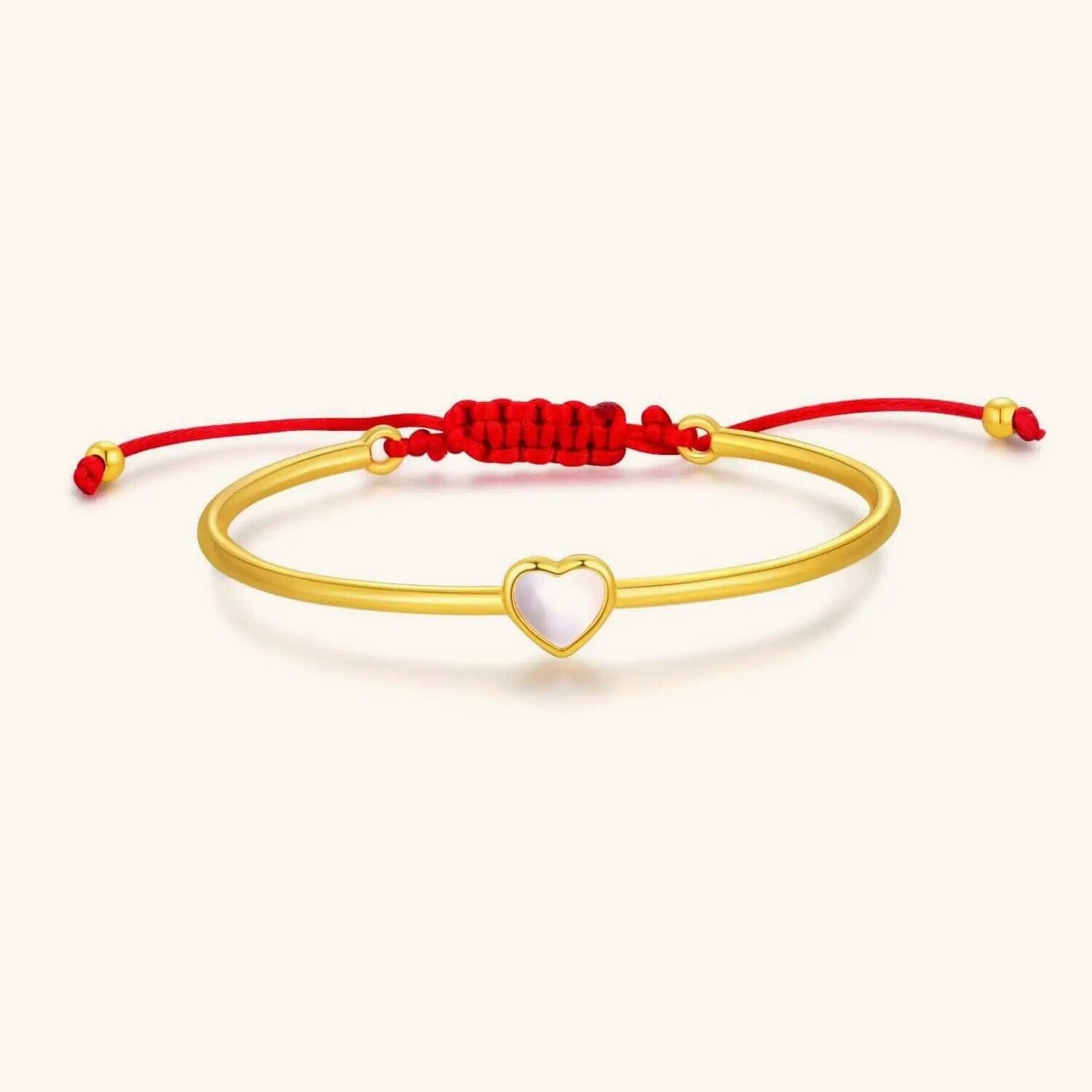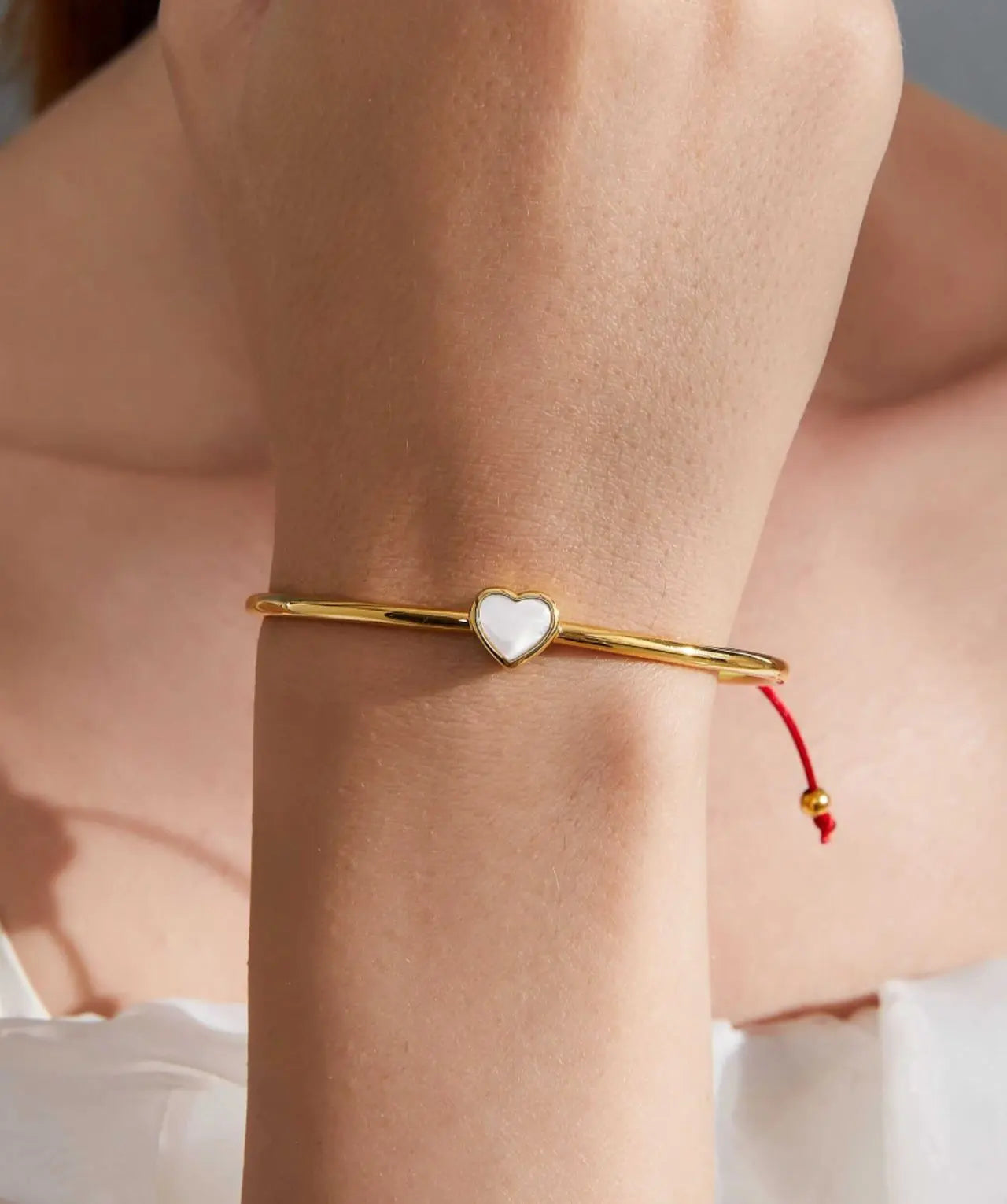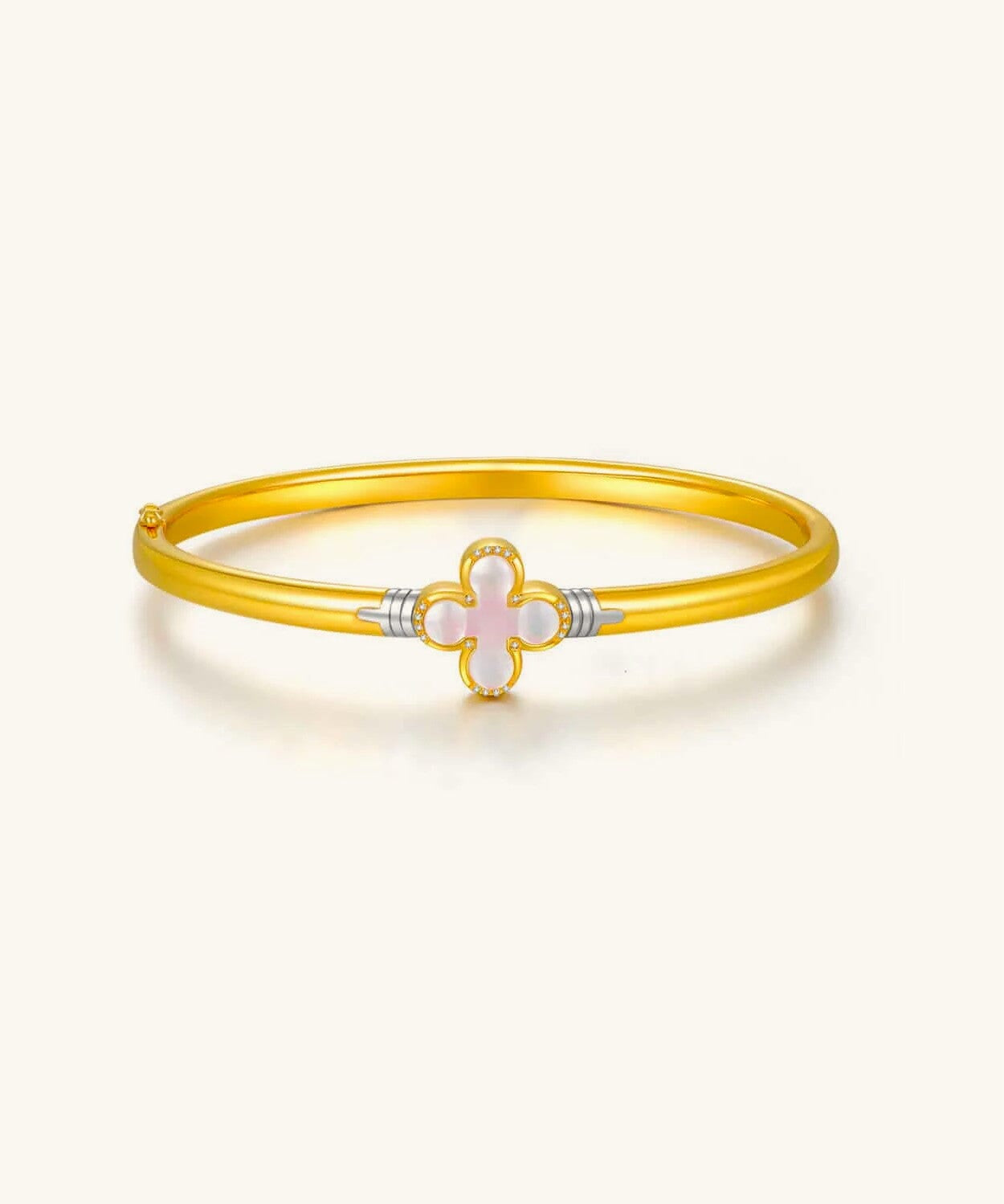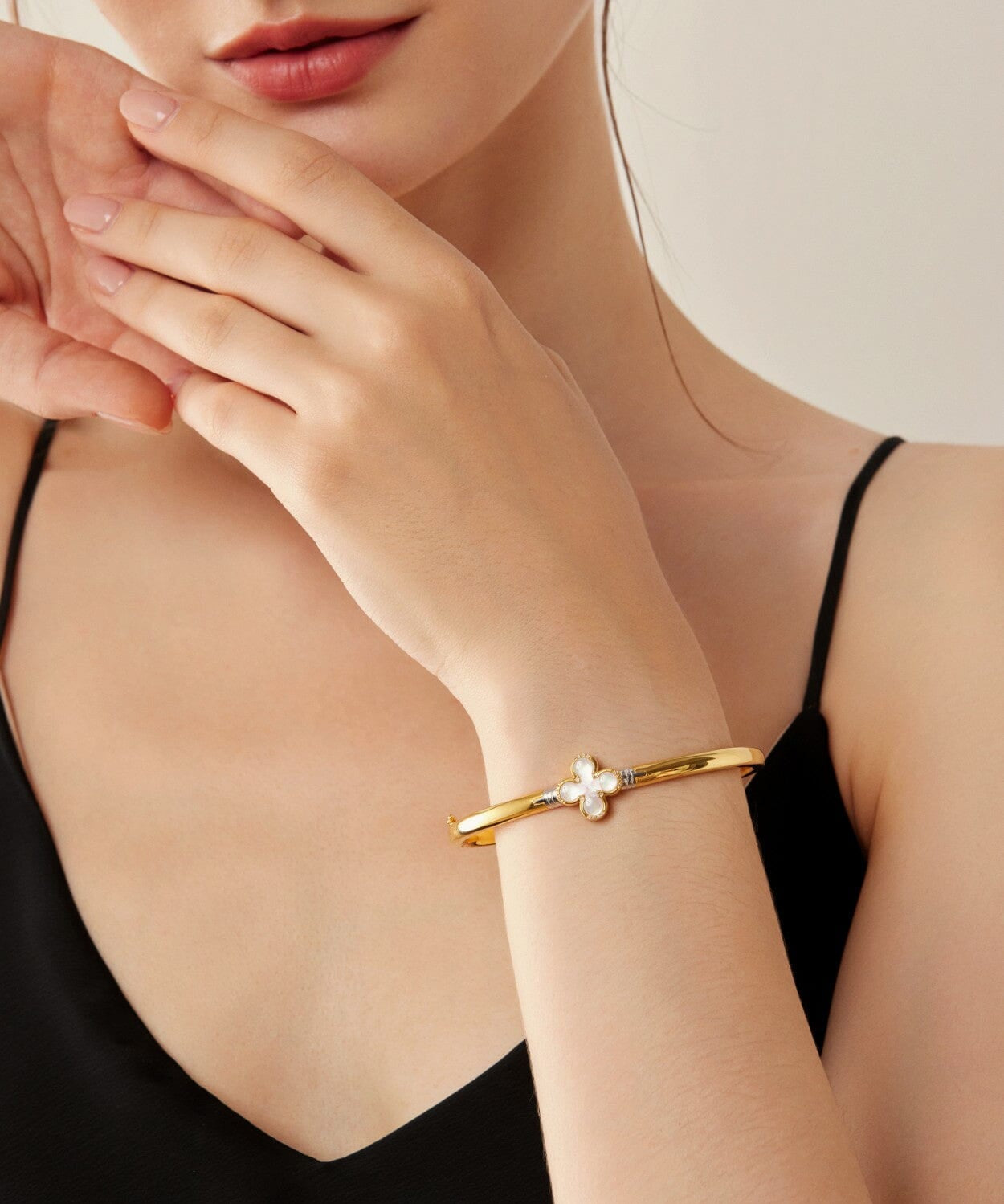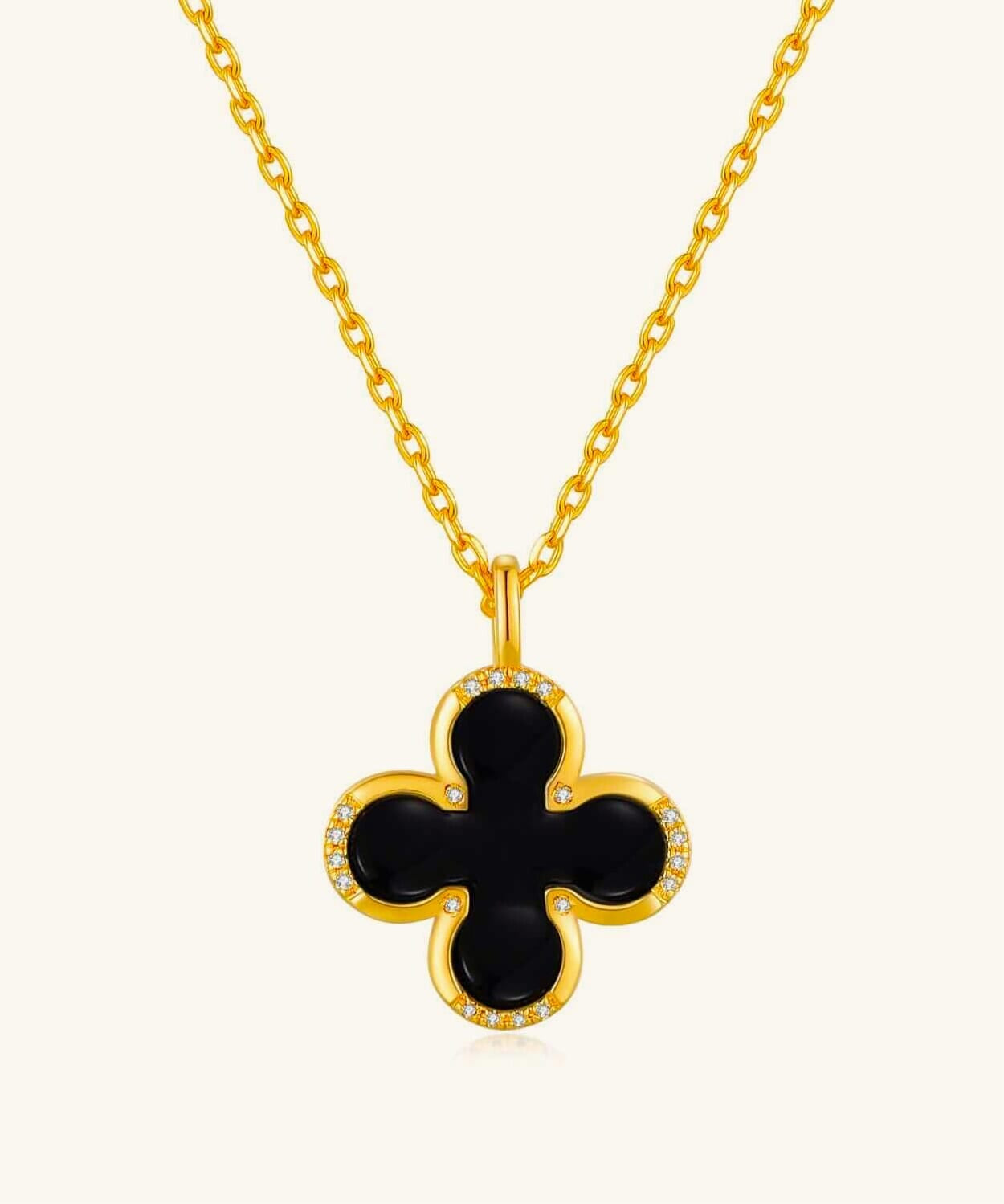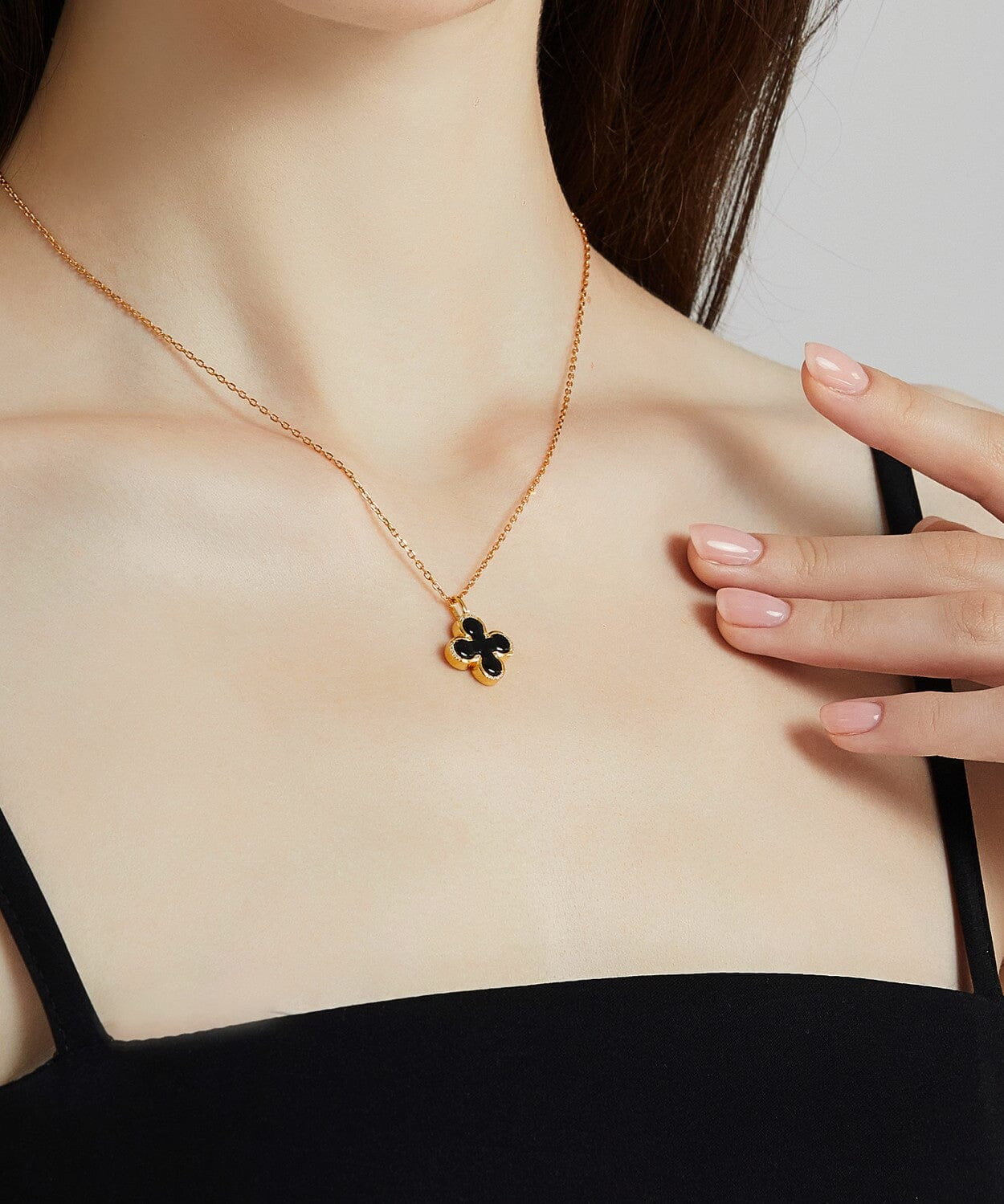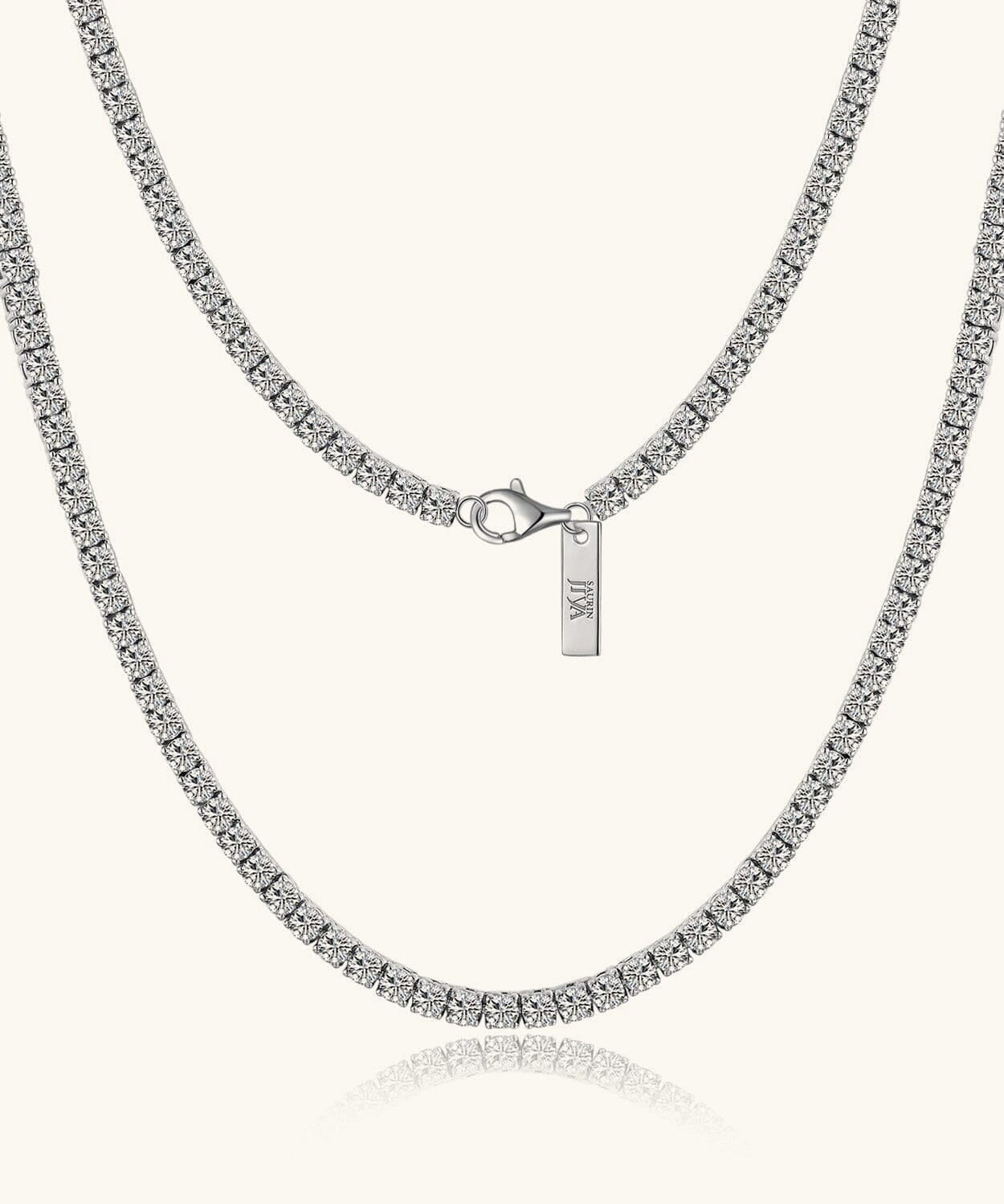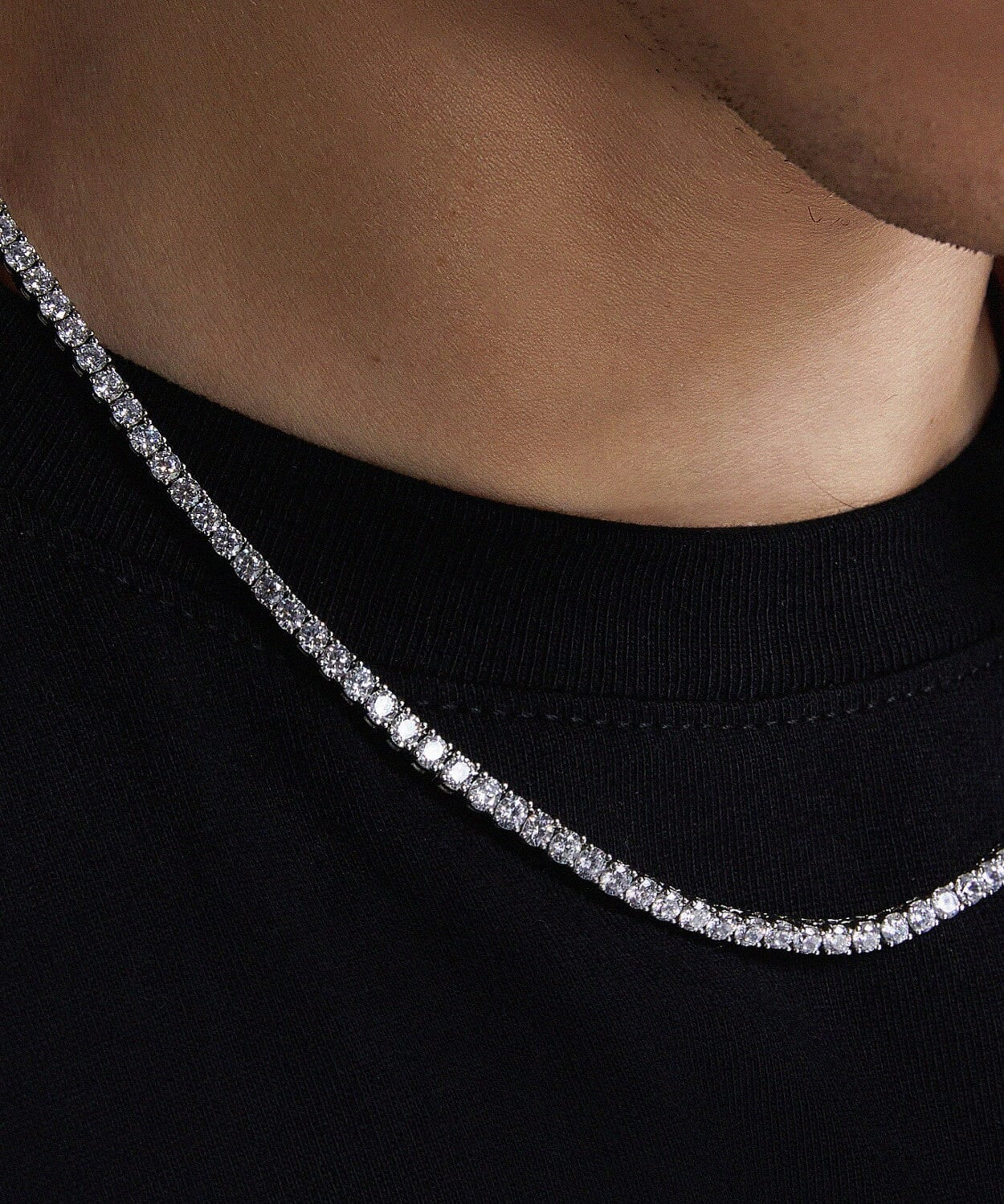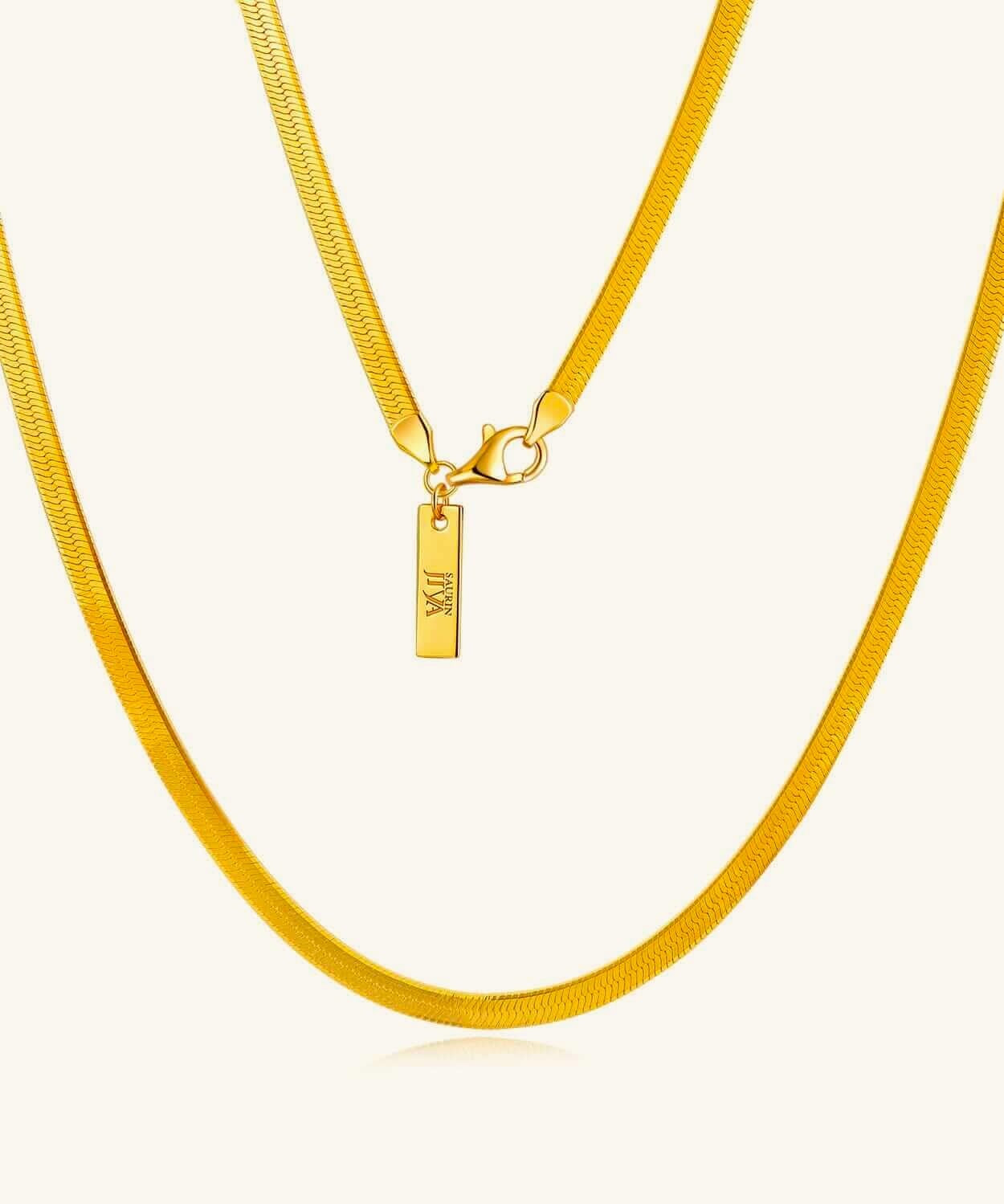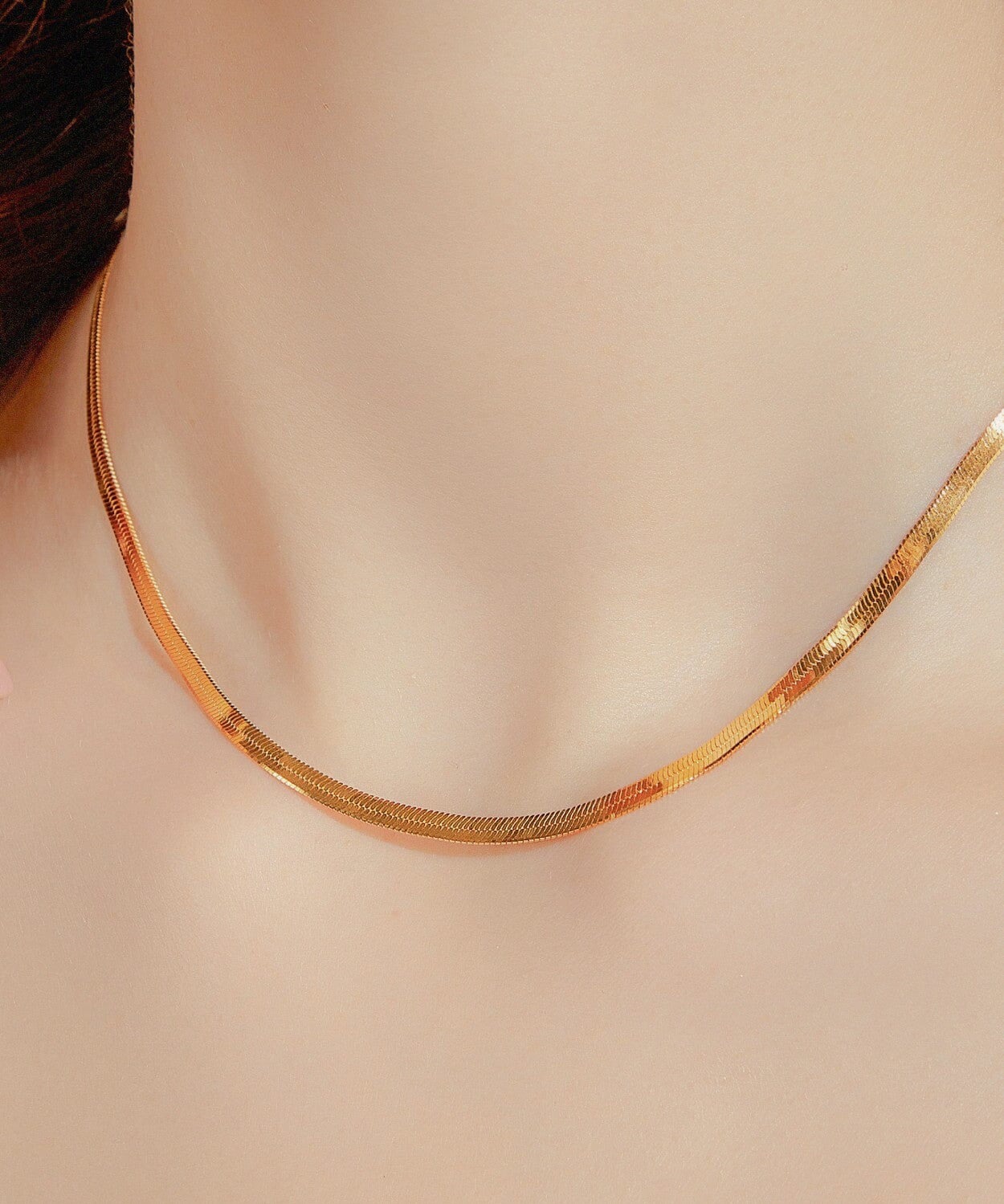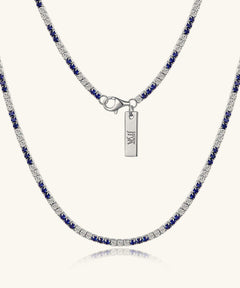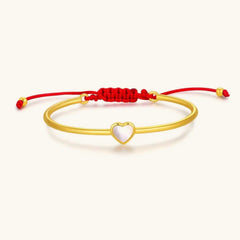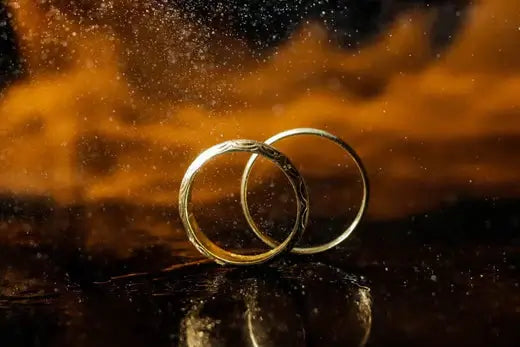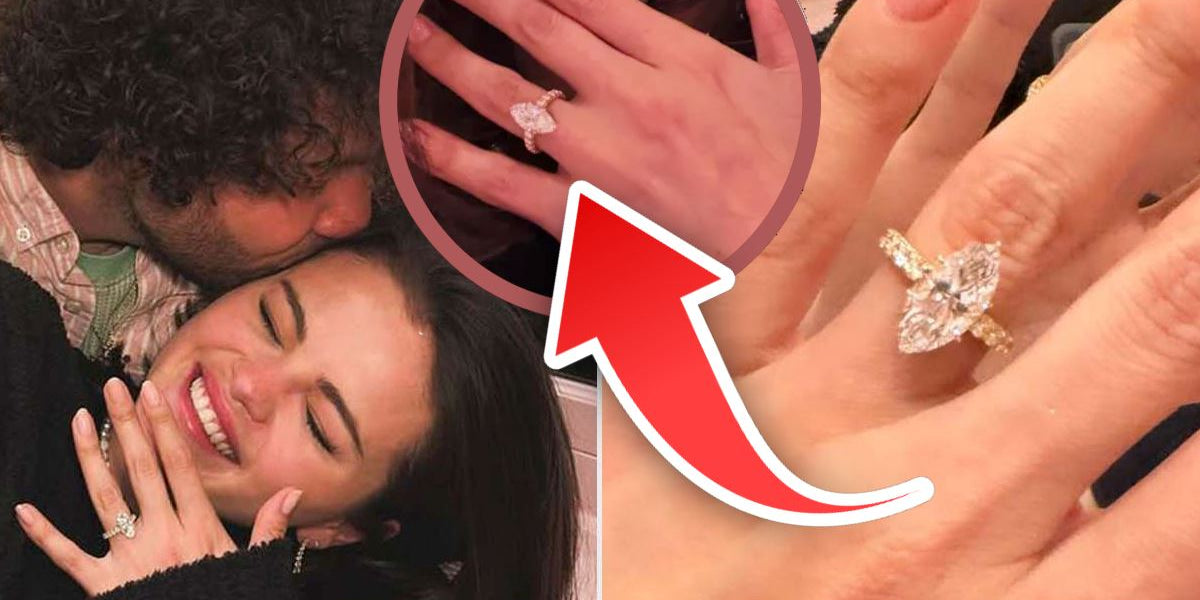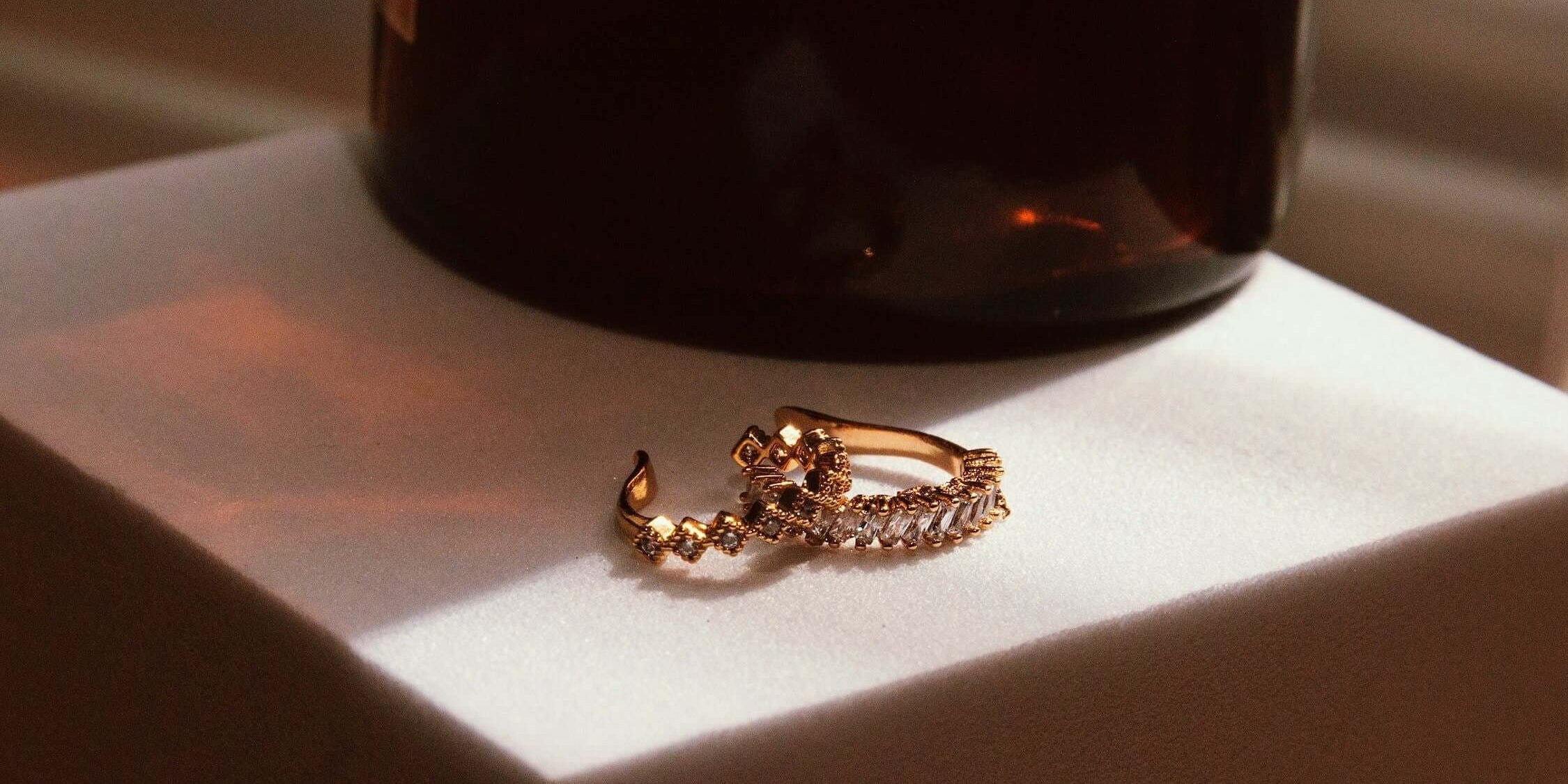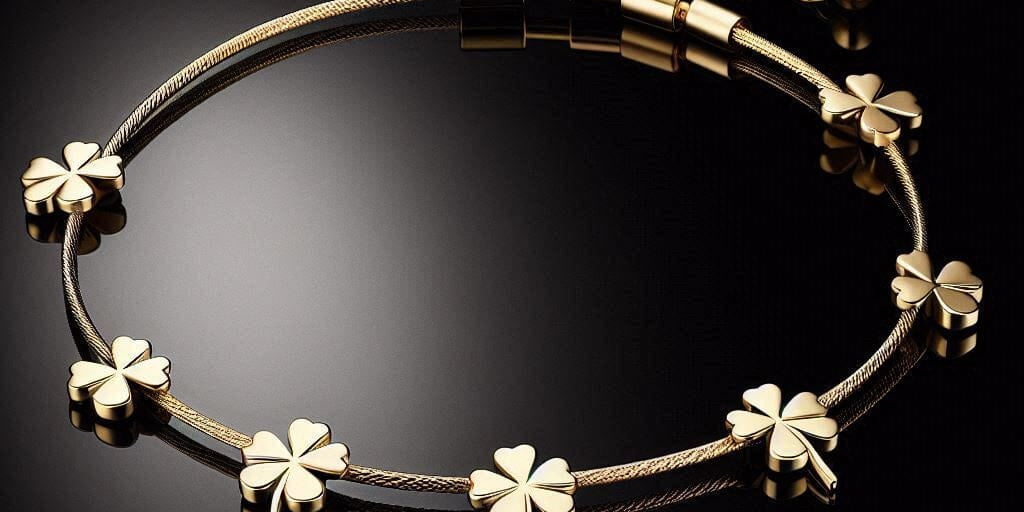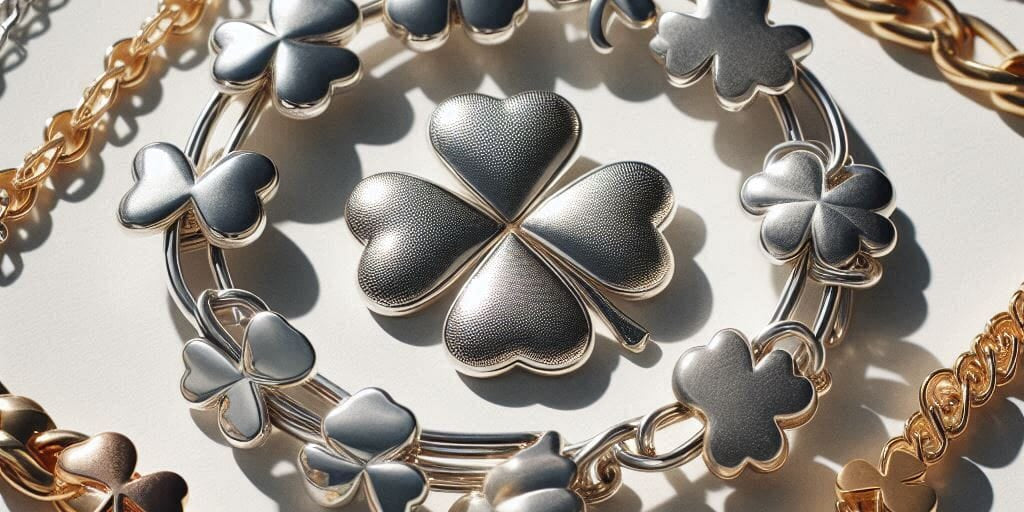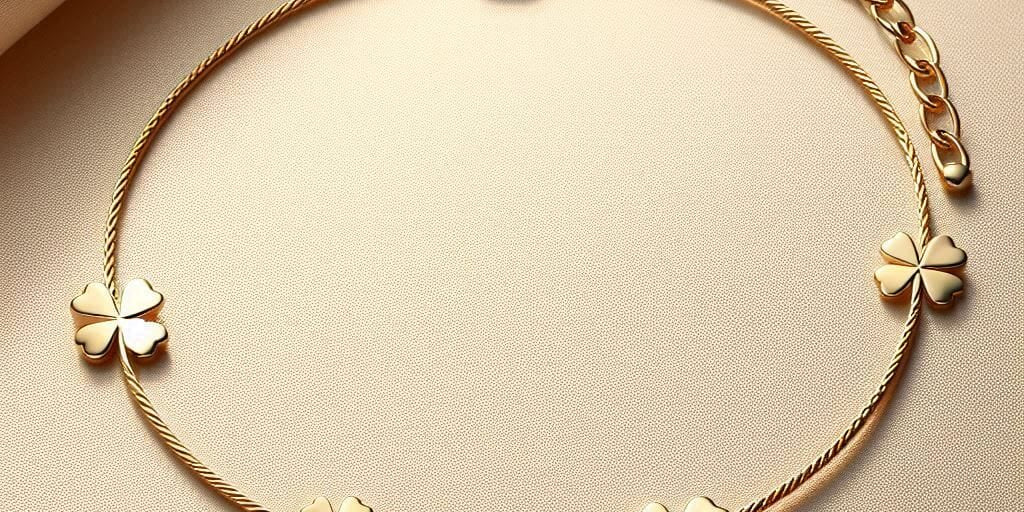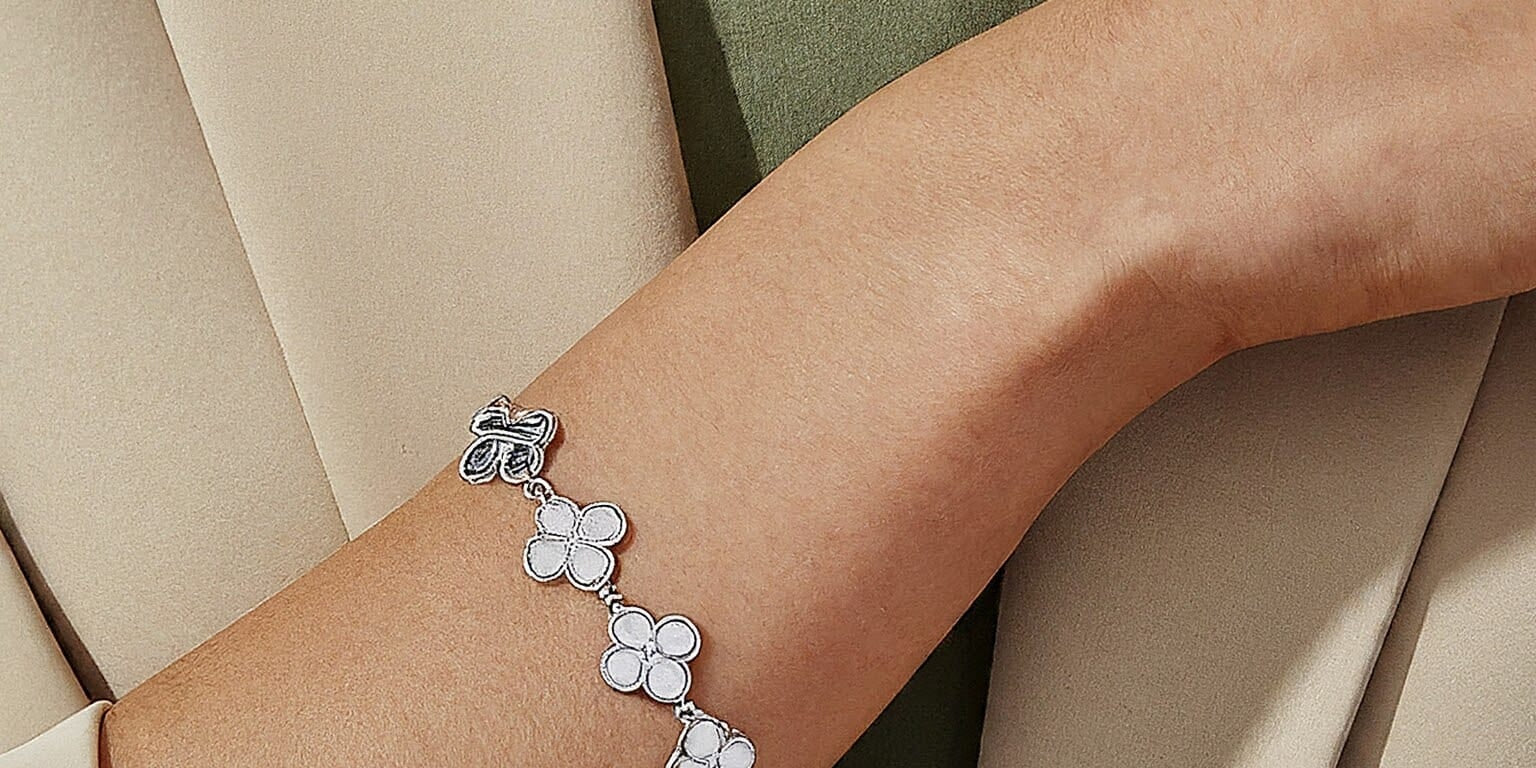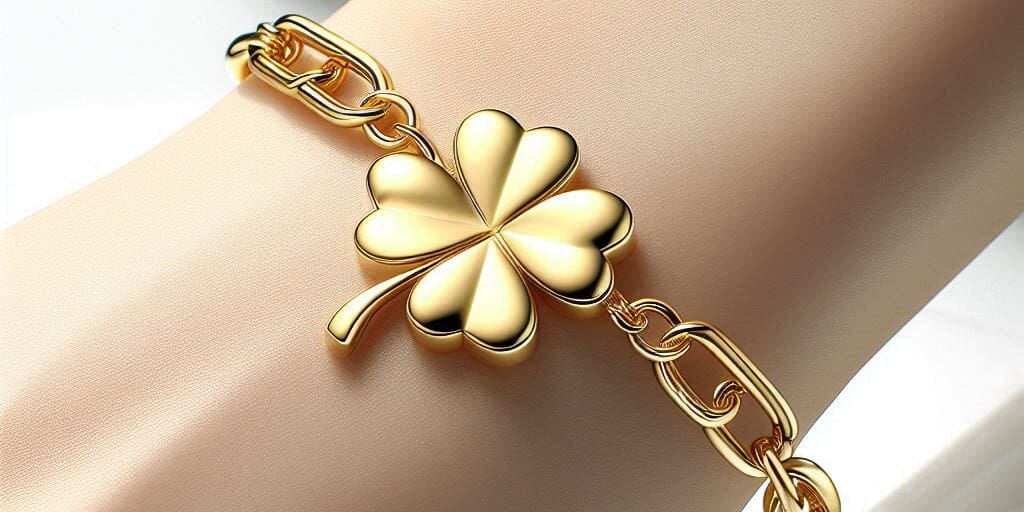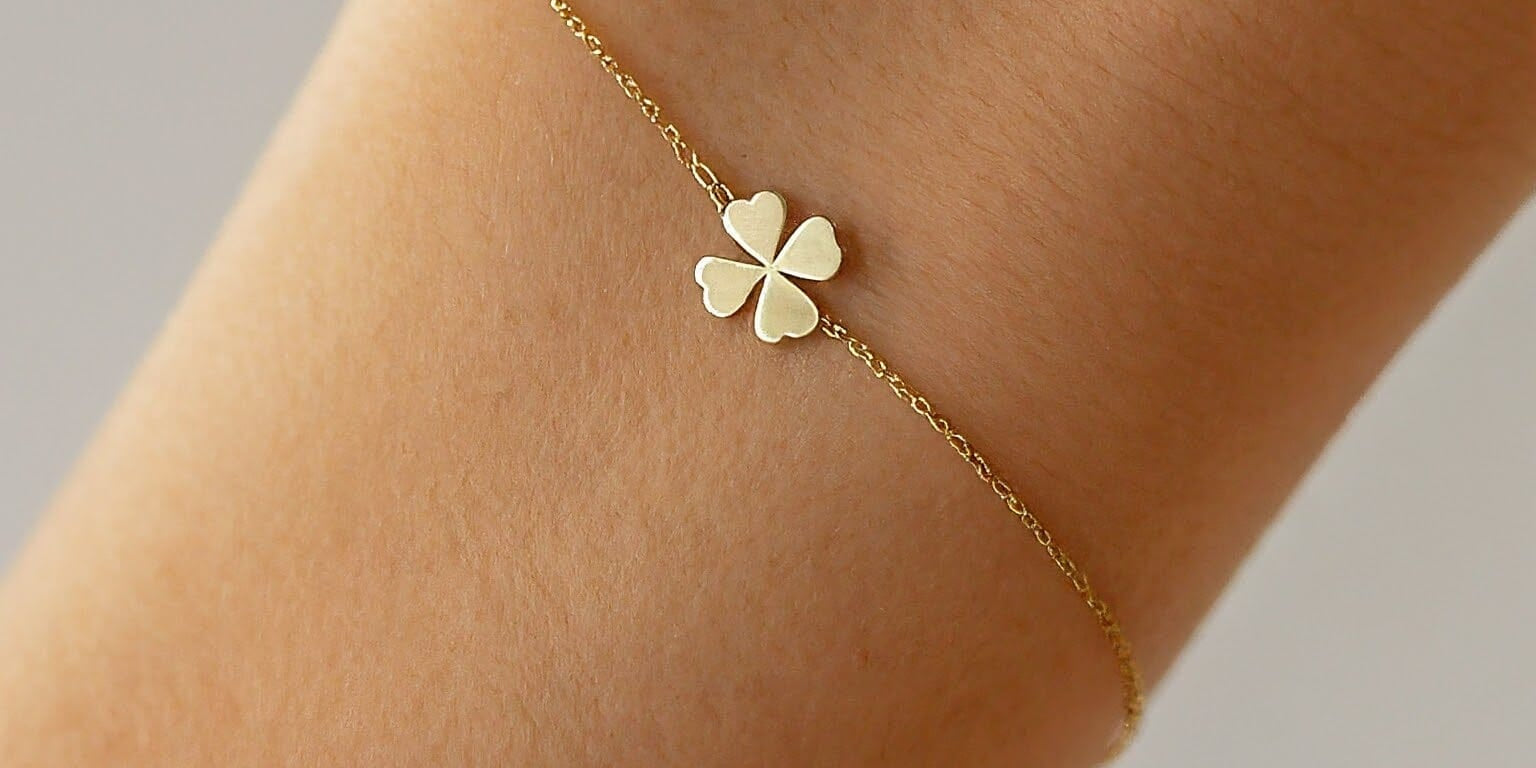When selecting gold jewelry, understanding the difference between 10k and 14k gold is crucial for making an informed choice that aligns with your preferences and lifestyle. Karat, denoted by a capital 'K', is a measure of gold purity, with 24K being pure gold. As such, 10K gold contains 41.7% pure gold, while 14K gold contains 58.3% pure gold. This difference in purity affects not just the value but also the durability and appearance of the jewelry.
Gold's allure is timeless, but its practicality depends on its alloy composition. In 10k gold, the remaining 58.3% consists of other metals like copper, silver, and zinc, which enhance strength but can affect the metal's color and hypoallergenic properties. The higher percentage of gold in 14k pieces means they are closer to gold's characteristic warm luster, but they are also softer and more prone to wear and tear than 10k items.
Your choice between 10k and 14k gold should consider factors such as everyday use, aesthetic preference, budget, and potential metal allergies. While 10k gold is more affordable and boasts greater durability, making it suitable for active lifestyles, 14k gold offers a richer hue and is better for those with sensitive skin. Balancing these aspects will guide you to the ideal gold jewelry that meets your needs and satisfies your taste.
Overview of Gold Alloys
When you consider gold jewelry, understanding karats and how gold purity affects its properties is crucial. The right alloy composition greatly influences durability, appearance, and the likelihood of metal allergies.
Defining Karat
A karat represents the unit used to measure the purity of gold. Pure gold is designated as 24 karats (24K), which means that all 24 parts out of 24 are gold without any added alloys. In the karat system, gold purity is expressed as a fraction of 24. Here's a simple breakdown:
- 24K Gold: 100% pure gold
- 18K Gold: 75% pure gold (18 parts gold, 6 parts alloy)
- 14K Gold: 58.3% pure gold (14 parts gold, 10 parts alloy)
- 10K Gold: 41.7% pure gold (10 parts gold, 14 parts alloy)
Gold Purity and its Significance
| Gold Purity | Significance |
|---|---|
| 💎 24K | Represents the highest purity level, typically considered as pure gold. |
| 🌟 18K | Offers a good balance between purity and durability, suitable for fine jewelry. |
| ✨ 14K | Commonly used for jewelry due to its durability and affordability. |
| 🔍 10K | Considered the minimum karatage for gold in the United States, offering good durability. |
Gold purity refers to the amount of actual gold in a piece compared to other metals or alloys. The higher the karat number, the higher the purity, and thus the higher the content of gold. Pure gold, or 24K gold, is relatively soft and malleable — not ideal for everyday jewelry as it can easily scratch and dent. Karats less than 24 indicate that the gold has been mixed with other metals to increase its strength and durability.
Alloy Composition of Gold Jewelry
The durability and color of gold jewelry owe much to its alloy composition. Alloying gold with different metals like copper, silver, zinc, and nickel creates variations in color and increases its resistance to wear and tear. The specific mix can affect the incidence of metal allergies, as nickel allergies are common and nickel is often used in these alloys.
- Common Alloying Metals:
- Copper: Adds redness to gold, producing rose gold
- Silver: Gives gold a more greenish tone
- Zinc: Often added to improve casting properties
- Nickel: Increases the whiteness and strength, but can cause allergic reactions
Generally, 14K and 10K gold contain a higher proportion of these alloying metals than more pure forms, which often results in sturdier and more durable jewelry.
10K vs 14K Gold Characteristics

When choosing between 10K and 14K gold, it's essential that you understand the differences in color, durability, and potential skin sensitivity, as well as the gold content and purity levels. These factors will affect the appearance and wearability of your jewelry.
Color and Appearance Differences
10K gold pieces have a lighter hue compared to 14K gold due to the higher alloy content. 14K gold offers a deeper yellow color for yellow gold variants and can also appear more subdued in white gold and rosier in rose gold due to the gold concentration. The color differences are particularly noticeable in jewelry:
- Yellow Gold: A richer and more vivid appearance in 14K.
- White Gold: A slightly more pale color in 10K, can appear less bright due to lower gold purity.
- Rose Gold: A deeper pink coloration in 14K, as there is more gold content mixed with copper.
Strength and Durability
Strength and Durability
10K Gold: Offers higher durability due to its alloy composition, making it less prone to scratches and dents.
Protection
14K Gold: Provides better protection against wear and tear, suitable for everyday wear jewelry.
10K gold is generally more durable and harder due to its higher alloy content. This means your 10K gold jewelry might be more resistant to scratches and dents, making it an excellent choice for pieces that endure daily wear. However, 14K gold, while still durable, is softer due to its higher gold purity, making it slightly less resistant to wear and tear but still a strong contender for jewelry making.
Potential for Skin Irritation
The higher alloy content in 10K gold can often include metals such as nickel, which can lead to skin irritation or allergic reactions if you have sensitive skin. In contrast, 14K gold typically contains more gold and less alloy, reducing the risk for irritation, thus often being considered more hypoallergenic.
Gold Content and Purity
- 10K Gold: Contains 41.7% gold and 58.3% alloy metals.
- 14K Gold: Contains 58.3% gold and 41.7% other metals.
The higher purity of 14K gold means more gold is in the composition, enhancing value and color, while 10K gold's lower purity translates into a more affordable and sturdy option. Consider these characteristics carefully to match your preferences and needs for your gold jewelry.
Comparing Cost and Value

When you're considering purchasing gold jewelry, understanding how cost and value differ between 10K and 14K gold is crucial for making an informed decision that aligns with your budget and investment goals.
Affordability and Budget Considerations
10K gold is a more cost-effective option for your jewelry needs due to its lower gold content. Comprising approximately 41.7% pure gold, it is noticeably cheaper than 14K gold. This makes it an attractive choice if you're looking for a more affordable piece of jewelry. The difference in price can be significant, allowing you to stay within your budget without forgoing the quality and aesthetic of gold jewelry.
- 10K Gold: Higher affordability, lower gold content, more budget-friendly.
- 14K Gold: Higher gold content, less affordable, but still within a moderate price range.
Investment and Intrinsic Value
Investment-wise, 14K gold is often preferred for its higher intrinsic value due to a gold purity of about 58.3%. While both 10K and 14K gold have the potential to be good investments, the value for money with 14K gold is generally higher because of its greater gold content. However, the gold price fluctuates and can influence the investment value over time, with both types of gold potentially increasing in value with market trends.
- 10K Gold: Less gold content may lead to a slower increase in investment value.
- 14K Gold: More gold content, suggesting higher potential as an investment.
Remember, the choice between 10K and 14K gold ultimately depends on your immediate affordability and budget alongside long-term investment considerations.
Gold Jewelry Selection

When choosing gold jewelry, the karat level matters significantly as it determines the piece's purity, durability, and price. Understand the nuances of 10k and 14k gold to make an informed decision.
Choosing Jewelry Based on Karat
10k Gold:
- Purity: Contains 41.7% pure gold
- Durability: Higher durability due to more alloy content
- Price: More affordable than higher karat options
14k Gold:
- Purity: Contains 58.3% pure gold
- Durability: Less durable than 10k but still suitable for daily wear
- Price: More expensive due to higher gold content
Considerations for Selection:
- Engagement Rings: For rings that symbolize a lifelong commitment, such as engagement rings and wedding bands, 14k gold is often preferred for its ideal mix of purity and strength.
- Everyday Jewelry: If you are considering jewelry that you will wear daily, like bracelets or chains, 10k gold offers better resistance to wear and tear.
- Fine Jewelry: When choosing fine jewelry such as pendants and diamond jewelry, 14k gold is commonly chosen for its richer color and shine.
When selecting gold rings, consider both the aesthetic and the potential for scratches or deformation. Wedding rings often come in 14k gold, balancing durability with a pleasing appearance.
Remember, the choice between 10k and 14k gold for your jewelry hinges on personal preferences for color and shine, budget considerations, and the type of jewelry—from engagement rings to fine jewelry.
Making an Informed Decision

Choosing between 10K and 14K gold for your jewelry, such as an engagement ring, depends on balancing durability, gold content, and budget. These factors affect the value and suitability of the gold for different types of wear.
Pros of 10K Gold
More affordable option
Durable and resistant to scratches
Contains less pure gold, making it harder and more suitable for daily wear
Cons of 10K Gold
Contains less pure gold, which may affect its value
May cause skin irritation for some individuals due to alloy composition
Limited options in terms of design and style
Pros of 14K Gold
Higher gold content, making it more valuable
Offers a balance between durability and purity
Widely accepted as a standard for fine jewelry
Cons of 14K Gold
More expensive compared to 10K gold
May be less durable than 10K gold due to higher gold content
May tarnish or lose its luster over time
Pros and Cons of 10K Gold
Pros of 10K Gold:
- Durability: 10K gold is harder due to a higher alloy content, making it more resistant to scratches and wear.
- Budget-Friendly: Because it has less gold content, it is typically cheaper than 14K gold, offering cost savings.
Cons of 10K Gold:
- Gold Content: Contains only 41.7% gold, meaning its value is less than higher-karat options.
- Appeal: It has a paler yellow color, which might not be as desirable for those who prefer the rich hue of higher karat gold.
Pros and Cons of 14K Gold
Pros of 14K Gold:
- Gold Content: With 58.3% gold, it strikes a balance between purity and practicality, making it a preferred choice for many.
- Color: 14K gold boasts a richer, deeper yellow color, often considered more luxurious and fitting for special occasions like engagements.
Cons of 14K Gold:
- Higher Cost: The increased amount of gold means a higher price point compared to 10K gold.
- Durability: Though still strong, it is slightly softer than 10K gold, which may lead to more visible wear over time, particularly in everyday pieces.
Frequently Asked Questions
When choosing between 10k and 14k gold, it's important to understand the differences that impact appearance, price, and wearability. These FAQs will guide you in making an informed decision.
What are the color differences between 10k and 14k gold?
10k gold has a paler yellow color due to its lower gold content, while 14k gold typically appears richer and warmer because of its higher gold purity.
What are the pros and cons of 10k gold jewelry?
Pros: 10k gold is more affordable and durable due to its higher percentage of alloyed metals. Cons: It has a lesser gold content, which may result in a paler color and make it less resistant to tarnishing.
How does the price vary between 10k and 14k gold?
The price of 10k gold is generally lower than that of 14k gold owing to its reduced gold content and purity.
Which is better for daily wear, 10k or 14k gold?
10k gold, being more durable, can be a better option for daily wear as it's less prone to scratching and bending compared to 14k gold.
Can you visually distinguish between 10k and 14k white gold?
In white gold, the difference in color between 10k and 14k can be subtle and is often indistinguishable to the untrained eye as both are alloyed with white metals and usually plated with rhodium.
What are the comparative advantages of 14k gold over 10k?
14k gold offers a better balance of durability and purity, making it preferable for jewelry that has both an aesthetically pleasing look and a reasonable degree of strength.
